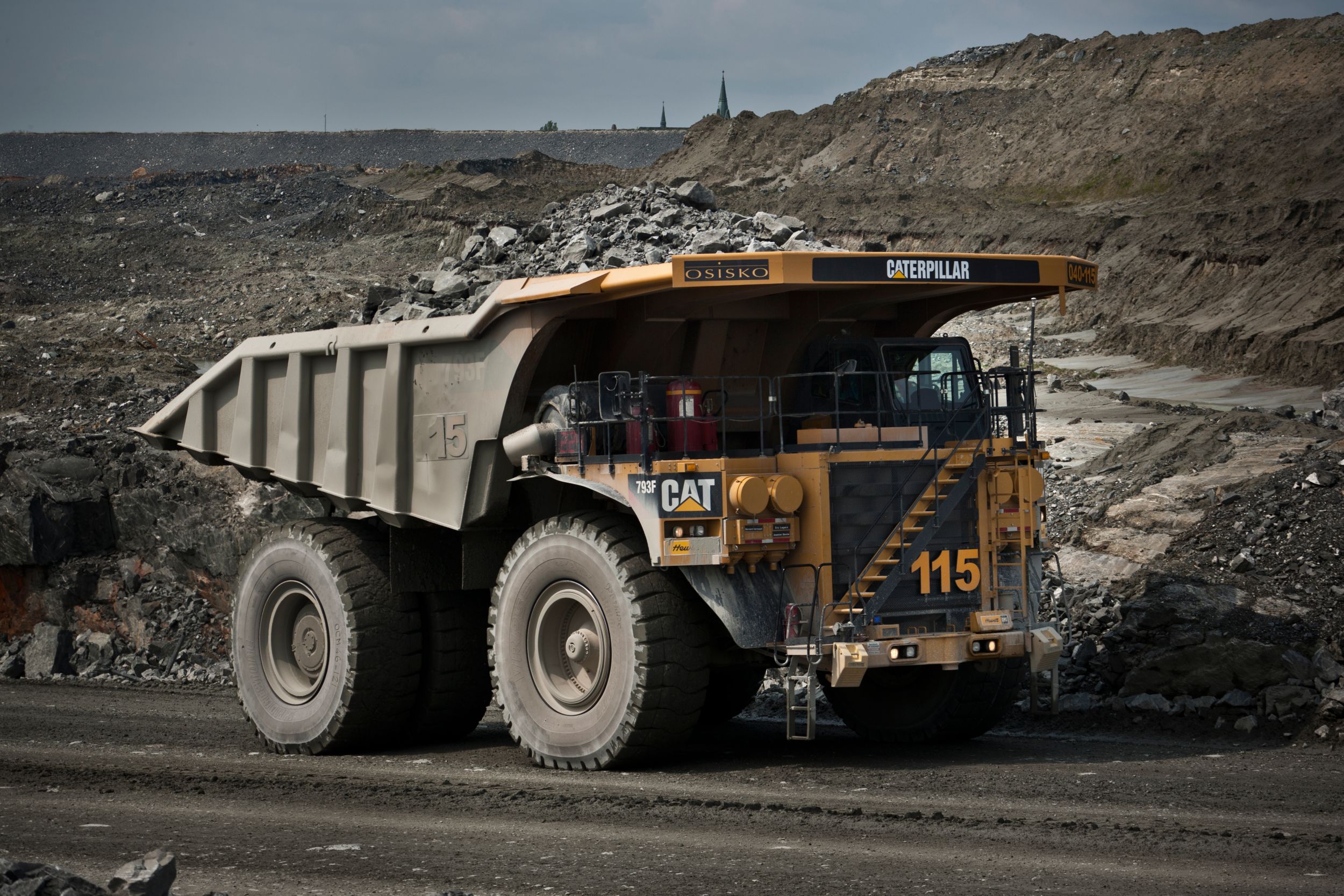Transport and Resources Committee - Coal Mining - Transcript
MR ANDREW: The committee’s report on the current health and safety culture within the coalmining industry reveals a very sharp divide between the views of coalmine operators and those of workers and the general public.
As the report states— Coal mine operator submissions habitually emphasise their company’s commitment to safety above all else, while worker representatives and community submitters identify ongoing health and safety deficits.
Ultimately, however, the committee comes down on the side of industry, stating— Given the regulator’s explanation that implementation of the BOI recommendations will reasonably take industry some time to achieve, the committee is generally satisfied with the progress being achieved by industry.
The committee does note, however— Some worker representative and community submitters express frustration with the perceived lack of action on recommendations coming out of various governmental inquiries into coalmining safety, including the BOI.
The committee later adds— We remain very concerned that coal mine worker and community submitters do not believe there has been significant progress towards making mine sites safer since the BOI. The frustration of these submitters is palpable.
Is it any wonder? There is, in fact, a very simple explanation for all of the cynicism and lack of trust the committee witnessed. It can be summed up in a single word: secrecy.
While all industries are unique, there is much for the mining industry to learn by comparing its own safety practices to that of the aviation sector, particularly in terms of accident response times, the speed of its investigations, and the transparency with which accident reports, both preliminary and final, are routinely made publicly available.
Early in January there was a collision between two Sea World helicopters which killed four people and injured nine.
The ATSB released its preliminary investigation report just two months after that tragic accident. When you compare that to the mining regulator RSHQ, since 2018 there have been 10 coalminers killed at work in Queensland mines and quarries.
To date, no investigation reports for any of these facilities have been made publicly available by the regulator. Of the 47 fatalities before 2019 reviewed in the Brady report only three have ever been released, and those three were only released as part of the Coroner’s proceedings.
As I said, each industry is unique, but I am yet to hear a satisfactory explanation as to why there is such a stark difference between the aviation and mining sectors when it comes to sharing vital safety information. How are we to learn from past mistakes if they are continually being hidden behind a veil of secrecy?
How are the families and loved ones of victims to achieve closure after such a traumatic event in their lives? The reason the operators and regulators are able to get away with it is all down to one simple word in the relevant acts.
Under the Transport Safety Investigation Act 2003, the relevant clause states— The ATSB must, as soon as practicable after an investigation has been completed, publish, by electronic or other means, a report in relation to the investigation. The Coal Mining Safety and Health Act, however, states—
The Minister, CEO or chief inspector may make or issue a public statement identifying, and giving information about, the following—
(a) the commission of offences against this Act and the persons who commit the offences;
(b) investigations conducted under this Act about accidents or high potential incidents at a coal mine;
There is just a small difference in the wording—‘may’ instead of ‘must’—yet the difference it has made could not be more telling. Question put—That the motion be agreed to.

No responses yet